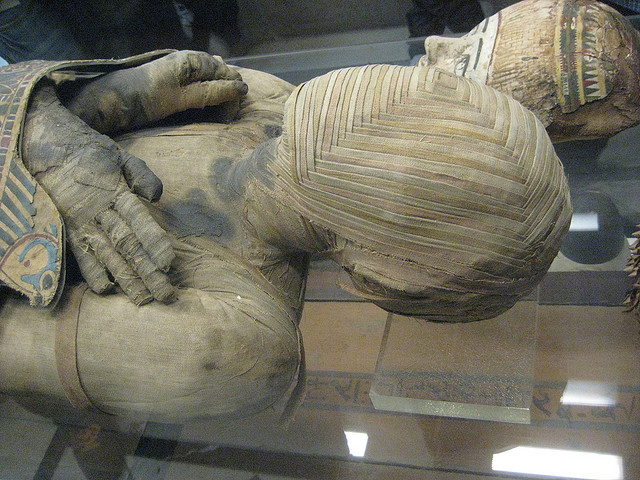
The use of aromas by human beings goes far back to prehistoric days (before writing).
There is archeological evidence of the use of aromatic plant substances since the Neolithic period. Herbs and plants were used in cooking and medicine, and when burying the dead. Remnants of medicinal plants have been found in tombs dating back over eighty thousand years!
However, the use of pure essential oils has only been available since the discover of the process of distillation. Instead, it is believed that “smoking” or “smudging” was the first type of aromatic treatment. The shamans and priests of those ancient times were the first aromatherapists and perfumers. Early use of aromatic herbs had both their ritual purposes along with medical uses. Perfumes were basically viewed as having medicinal value.
The Days of Babylon – The ancient Babylonians used herbs, as shown in the records found on clay tablets. Their merchants and traders noted down the use of such aromatics as myrrh, cypress and cedar. Recipes or prescriptions that utilized pine resin for the treatment of ulcers were found among others similar inscriptions.
Egypt – 3000 BC – For five thousand years, the Egyptians used aromatic plant materials in all aspects of their lives. It is in this ancient civilization that we find the origins of the healing art of cleansing and healing baths, massage, reflexology, and beauty care.
Priests healers used aromatics in religious ceremonies. The Papyrus Ebers, a medical document written in 1550 BC and now carefully preserved in the University of Leipzig archives, describes the use of aromatic plant remedies for the treatment of internal and external conditions. As this is before the distillation process was known about, the Egyptians used the effleurage method (a type of massage technique where herbs are rubbed into the skin) and they also infused aromatic oils into ointments and perfumes.
The Egyptians practiced the science of embalming their dead with aromatic blends, and wrapped the bodies in sheets soaked with aromatics. The antibacterial and antiseptic properties of these compounds using aromatic plants were so strong that some of these mummies can still be seen today.
The tombs of the pharaohs were filled with alabaster jars and ebony chests containing aromatic herbs and resins. The Egyptians believed that these aromatics would be used by the Pharaoh to restore youth and vigor upon his awakening in the next world. The quality and cost of the flowers, herbs and resins used in the burial chamber is said to symbolically represent the wealth and status of the dead. Probably the best known user of aromatics plant in Egypt was Queen Cleopatra, who became well known for her aromatherapuetic use of perfumes, healing balms, and beauty treatments.
As this look at ancient aromatherapy shows, humans have been fascinated with scents and oils from plants for a long time.
About the Author: KG Stiles is a certified aromatherapist practicing in Ashland, Oregon, USA. She has utilized essential oils in her professional practice for more than 30 years. She is the Director of PurePlant Essentials Organic Aromatherapy and a specialist in formulating aromatic blends for healthy living. KG can create the perfect synergy blend for you! Click to learn about KG’s Aromatherapy Certification Home Study Courses, visit Kgstiles.com/aromatherapy_training_consulting_tutorials.htm or click to see PurePlant Essentials Complete Menu of Organic Aromatherapy Pureplantessentials.com.
Ancient Aromatherapy Related Items For Sale
[phpbay]ancient aromatherapy, 15, “”, “”[/phpbay]
News About Ancient Aromatherapy
|
|